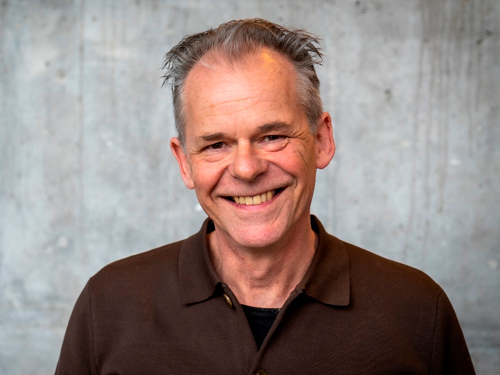
1. This Chair is in the second phase of your project, what are you hoping to achieve and looking forward to in this new extension?
My aim is to further strengthen the already established contacts at UFABC and at ITA. At ITA macrolevel composites modeling has been and is a focus area. We could exploit other research direction, e.g. related to metal cutting or additive manufacturing with a modeling focus. Macrolevel composites modeling plays a crucial role in the design and optimization of composite structures, providing valuable insights into their mechanical performance and failure behavior. The modeling techniques aid in material selection, structural design, and the development of advanced composites in aeronautics and other industrial sectors.
At UFABC there is good collaboration related to nanostructured polymers. Nanostructured polymers are polymers are engineered or modified at the nanoscale level to obtain unique properties and structures. These polymers typically have ordered or controlled arrangements of polymer chains and fillers at the nanometer scale, resulting in enhanced mechanical, thermal, electrical characteristics as compared to the bulk resin. Much focus has been placed on graphene nanoplatelet exfoliation and integration with the polymer. This area will be extended to include 2D conduction properties of specially designed nanostructuring.
2. What would you say were the main takeaways from your previous Chair, in regards to the collaboration with Brazil?
Main take aways are that it takes time to build good, trustful relations when starting from scratch. It takes time to learn each other’s backgrounds and cultures. Trust and rapport also need to be nurtured over time through consistent positive interactions, open communication, and demonstrating reliability. This has to be respected.
3. What are your expectations in regards to the impact of this extension, as well as the collaboration between Sweden and Brazil?
I hope to obtain an even closer collaboration than today. The focus on achieving a high productivity on the research will be guiding. Related to this, I would like to see more of other SWE-BRA mobilities, involving master students, PhD students and senior researchers.
4. How has collaborating with Brazil impacted your project?
Clearly, the focus on nanocomposites has been nurtured by the SWE-BRA interaction. We are now forming a good Chalmers/Saab/UFABC group working together in this area. Overall, the collaborations bring together the expertise, resources, and perspectives of different institutions and individuals, enabling the sharing of knowledge, ideas, and techniques. This collective effort can lead to more innovative solutions, a deeper understanding of the subject matter, and accelerated progress of the fields.




